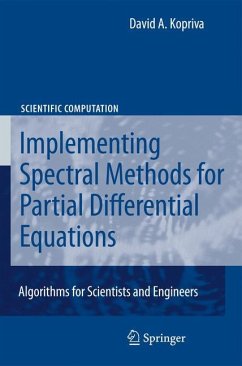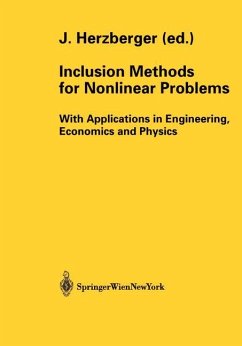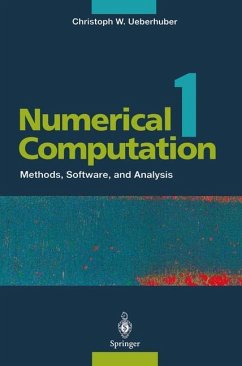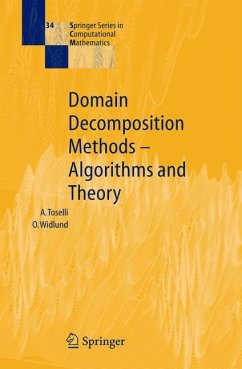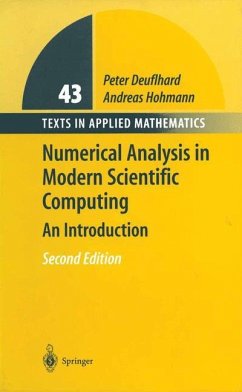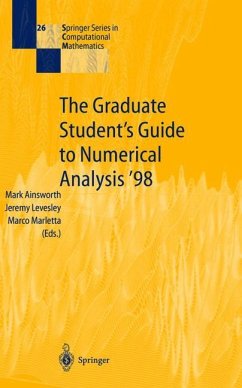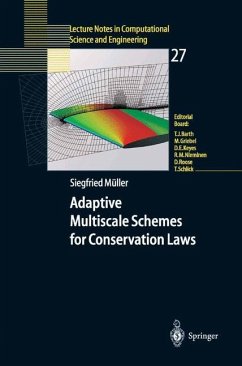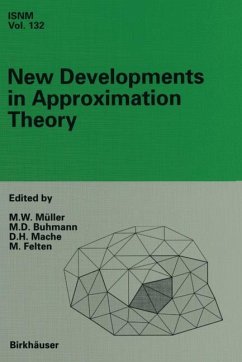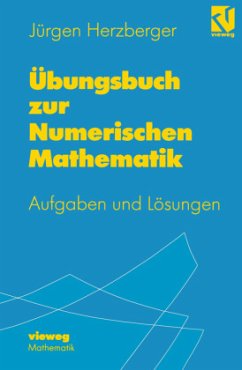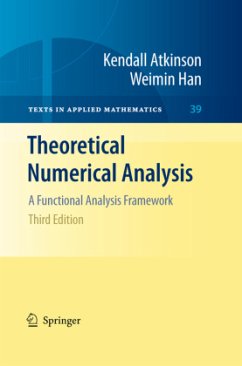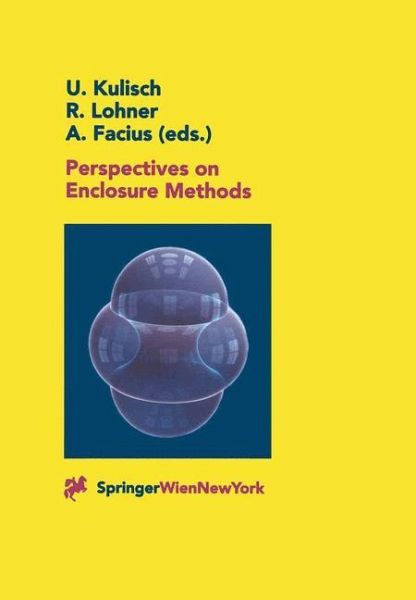
Perspectives on Enclosure Methods

PAYBACK Punkte
20 °P sammeln!
Enclosure methods and their applications have been developed to a high standard during the last decades. These methods guarantee the validity of the computed results, this means they are of the same standard as the rest of mathematics. This book deals with a wide variety of aspects of enclosure methods. All contributions follow the common goal to push the limits of enclosure methods forward. Topics that are treated include basic questions of arithmetic, proving conjectures, bounds for Krylow type linear system solvers, bounds for eigenvalues, the wrapping effect, algorithmic differencing, diff...
Enclosure methods and their applications have been developed to a high standard during the last decades. These methods guarantee the validity of the computed results, this means they are of the same standard as the rest of mathematics. This book deals with a wide variety of aspects of enclosure methods. All contributions follow the common goal to push the limits of enclosure methods forward. Topics that are treated include basic questions of arithmetic, proving conjectures, bounds for Krylow type linear system solvers, bounds for eigenvalues, the wrapping effect, algorithmic differencing, differential equations, finite element methods, application in robotics, and nonsmooth global optimization.





